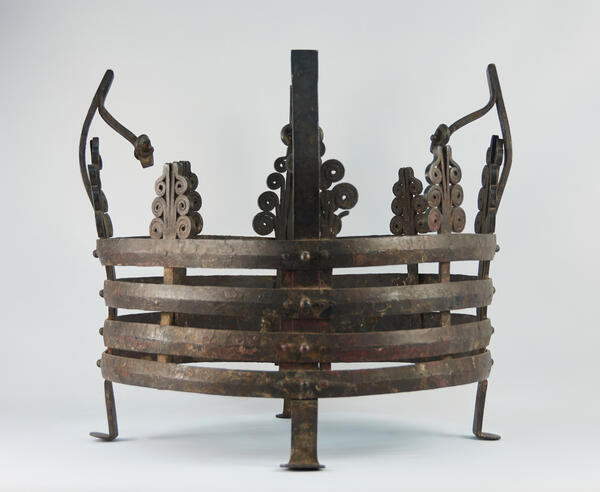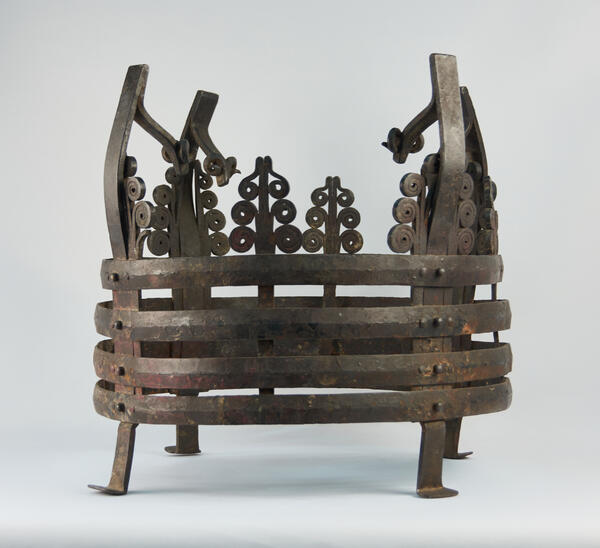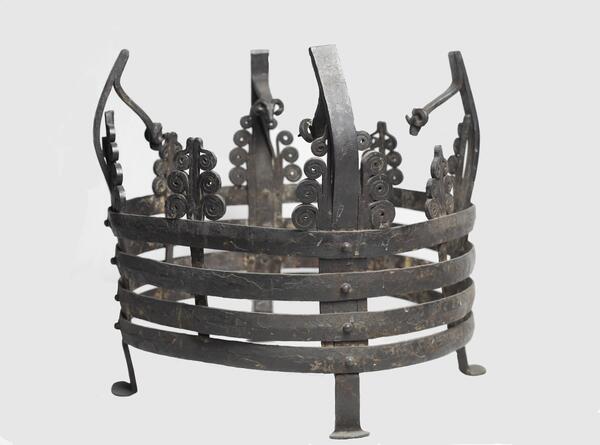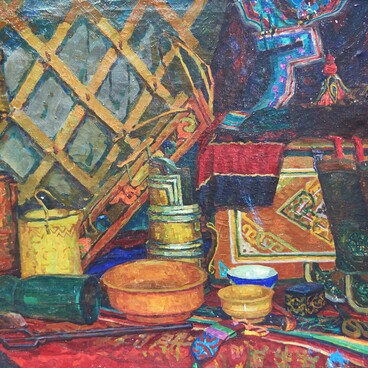In the Tuvan traditional culture, the hearth was a sacred place of the yurt. There are whole rituals connected with it. For example, the consecration of the hearth is carried out in late autumn. It is an ancient ritual of nomads, who considered the hearth (fire) the creator of life, as it was the source of warmth and comfort in the yurt, with the help of which food for the whole family and guests was prepared. Without fire it is impossible to imagine the yurt and its inhabitants. Therefore, the hearth was considered a sacred place in the dwelling that had a Master. To placate the Master before the first snowfall, the hearth had to be consecrated.
Winter was a serious ordeal for a nomad whose life depended entirely on the mercies of nature. Anything could happen: severe frosts, deep snow, terrible diseases. Nomads believed in their hearts that through the sanctification of the hearth they could survive the winter. It was considered that those who did not consecrate the hearth could be overtaken by misfortune.
The yurt was carefully prepared for the ritual: it was cleaned up and decorated with chalama (colorful ribbons). Kadak (white ribbons), millet and barley talgan, clarified milk, and cowberries were needed. A new shala (floor), dyed with cowberries, was arranged around the hearth. On the day of the consecration of the hearth, a fat ram was slaughtered. The hearth was blessed by the shaman in ancient times, and later by the lama. Therefore, the ritual was performed by one or the other depending on the nomad’s place of residence.
The real decoration of the hearth was a trivet (ozhuk), which used to be in every Tuvan yurt. Later on, iron stoves with a high chimney leading out through the upper smoke hole in the yurt became more common than the trivet.
A cauldron was placed on the trivet. In the Tuvan language there is a generic term of a cauldron — pash, which denotes various names of cauldrons. When boiling milk tea, meat and soup, the cauldron was covered with a wooden khalyp lid. Cauldrons were made of different materials (aluminum, cast-iron and copper) and different sizes (large, medium and small.
The exhibition presents a trivet on four legs with
four rims on the circumference. The object belonged to Karash Oorzhak, an old
resident of Aldan-Maadyr village of the Sut-Kholsky kozhuun. The rods for
installing the cauldron are traditionally finished with forged ram heads.





